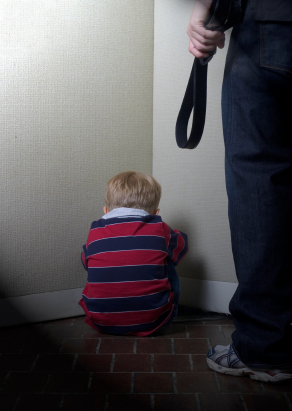Physical Abuse
What is physical abuse? Click here.
How common is physical abuse? Click here.
How does physical abuse impact on a child? Click here.
What are the signs of physical abuse? Click here.
What always needs to be taken into account? Click here.

What is physical abuse?
|
Physical abuse may involve hitting, shaking, throwing, poisoning, burning or scalding, drowning, suffocating, or or anything else that causes physical harm to a child. Physical harm may also be caused when a parent or carer fabricates the symptoms of, or deliberately induces, illness in a child [1]. |
How common is physical abuse?
|
When asked in 2009, 7-8% of young people had experienced some form of physical violence by their parents or guardians during childhood [2]. |
How does physical abuse impact on a child?
|
What are the signs of physical abuse?
|
Some of the common signs can be:
|
What always needs to be taken into account?
|